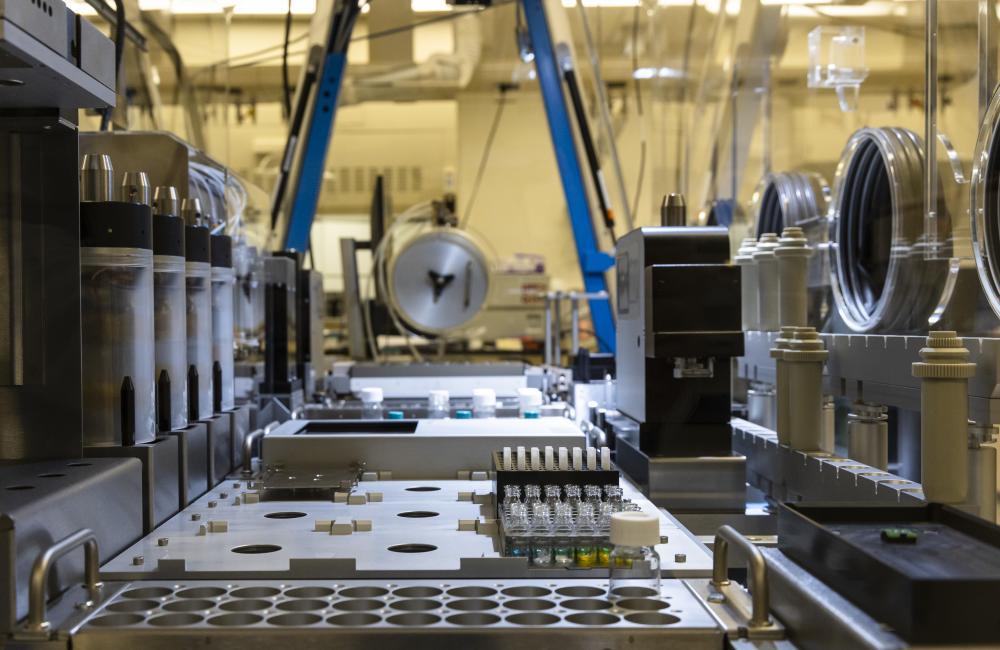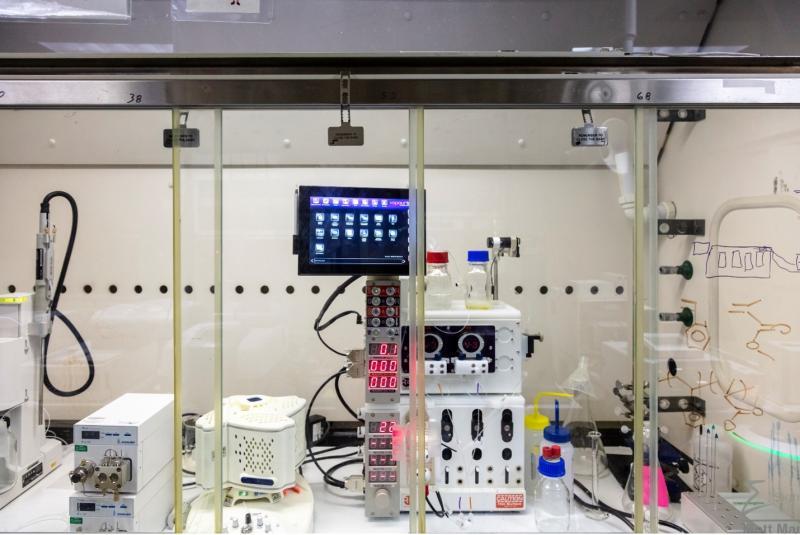


Advanced research instruments in laboratories and at user facilities produce data at ever-increasing rates to deliver high-impact science. Improvements to individual instruments provide greater quantity and quality of data enabling more sophisticated studies. Automation and robotics allow measuring large systematic datasets without constant human attention and intervention. Combining diverse research tools makes ambitious multimode measurements possible that result in complex datasets. High performance computing facilitates the simulation and modeling of large systems with a fidelity previously thought impossible. Combining these advances to automate entire workflows—instrument setup and tuning, sample synthesis and processing, measurements, data analysis and model-driven data interpretation— and controlling them and making them “smart” with AI/ML will bring about revolutionary efficiencies and research outcomes. This kind of autonomous control of processes, experiments and laboratories will fundamentally change the way scientists work, allowing us to explore high-dimensional problems previously considered impossible and discover subtle correlations invisible until now.

In this light, the INTERSECT initiative at Oak Ridge National Laboratory (ORNL) is building interconnected “Smart Labs of the Future” to enable (i) self-driving autonomous experiments that leverage advanced compute systems, scientific instruments and facilities; (ii) multi-domain and/or multi-modal experiments that alter the approach to science ; (iii) real-time data analysis and feedback optimizations using AI/ML and edge computing. “Smart Labs of the Future” as envisioned here consist of a human-AI-machine interface (HAMI), experiment management software, autonomous science applications and “Big Data” analysis and management as well as data-driven feedback. INTERSECT will provide the currently missing common, seamless and secure Infrastructure required to scale across facilities and science domains.

The INTERSECT initiative delivers a common One-ORNL computational infrastructure enabling autonomous workflows across multiple disciplines at ORNL. We identify important science projects that benefit from automation and autonomous workflows enabled by INTERSECT. Computer scientists, data scientists, and domain scientists will collaborate closely in the spirit of co-design to develop the experimental and computational tools to achieve breakthroughs in diverse science areas. The INTERSECT “system-of-systems” will include data management software, tools enabling data analysis workflows, experiment management software, as well as the integration of AI/ML capabilities. The infrastructure components that will be developed through these projects will be designed to be transferable and form the building blocks of INTERSECT. This approach allows the expansion of automation and autonomy beyond the initial science projects through INTERSECT, minimizes duplication of effort and through the collaboration of computer and domain scientists leads to higher performance and more powerful tools.
Established in 2022, INTERSECT aims to launch the smart labs of the future – a set of interconnected research spaces equipped with robots and other autonomous instruments programmed and overseen by scientists.
